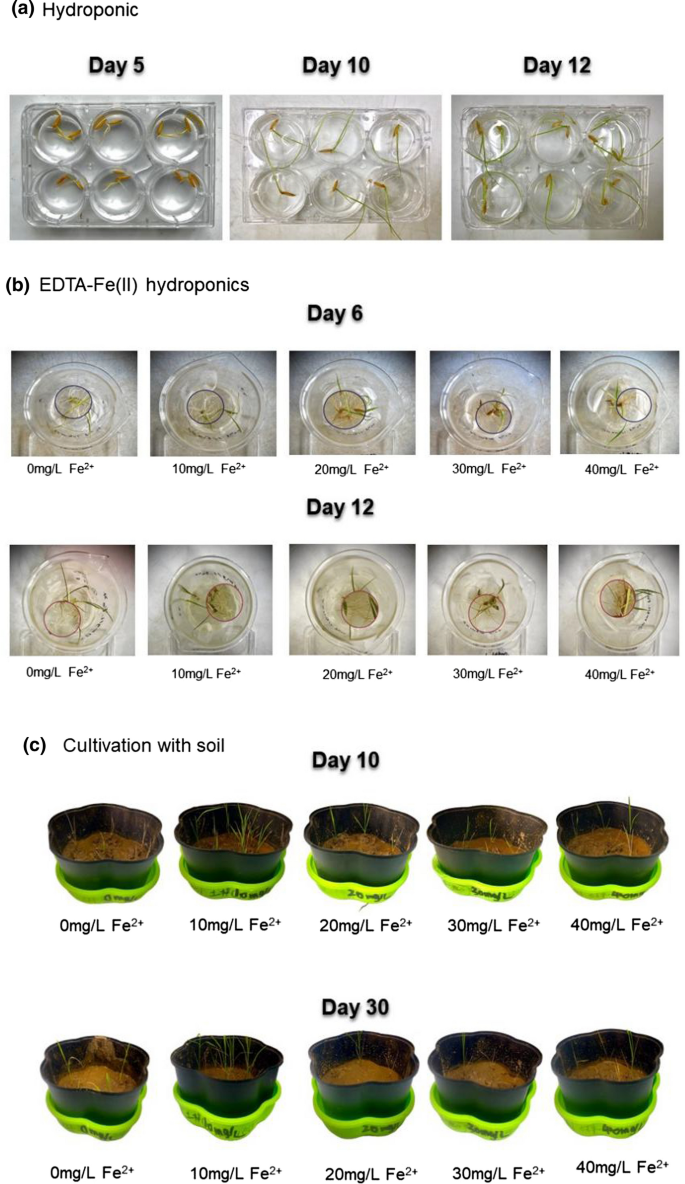Crucial role of iron plaque on thallium uptake by rice plant
Abstract
Iron plaque is a Fe-containing oxide film produced by the oxidation of Fe(II) in the rice root system under the combined action of oxygen infiltration and other microorganisms. Owing to its special surface structure and physio-chemical properties, the iron plaque has a strong absorption capacity for a variety of heavy metal ions. This study aimed to first investigate the effects of Fe species on the geochemical fractionation of Tl in typical paddy soil systems affected by industrial activities, followed by pot culture experiments to probe the effects of Fe species on the uptake and translocation of Tl in rice plants. The results of field work preliminarily showed that iron at different valences affected the conversion of the Tl geochemical fraction in the soil. Oxidizable Tl exerted significant positive correlation relationships with Fe2+ and negative correlation relationships with Fe3+, while reducible Tl only displayed a positive correlation with Fe3+. Further analysis by pot culture experiments revealed that the contents of Fe were significantly positively correlated with Tl contents in Fe plaque (R2 = 0.529). In contrast, the water-soluble Tl contents in the soil were significantly negatively correlated with the contents of Fe (R2 = – 0. 90, p < 0.05). It suggests that the iron plaque promoted the absorption and fixation of Tl on the root surface of rice plants, causing Tl to accumulate in the iron plaque. Besides, the Tl content in the Fe plaque on the root surface of rice plants was greater than that in the above-ground tissues, which indicates that most Fe plaque exerts a certain degree of inhibition on Tl migration into the above-ground tissues of rice plants. All these findings indicate that Fe film is also an important carrier of Tl transfer in the soil–rice plant system, which provides new scientific support for the remediation of typical Tl-contaminated rice fields.


 求助内容:
求助内容: 应助结果提醒方式:
应助结果提醒方式:


